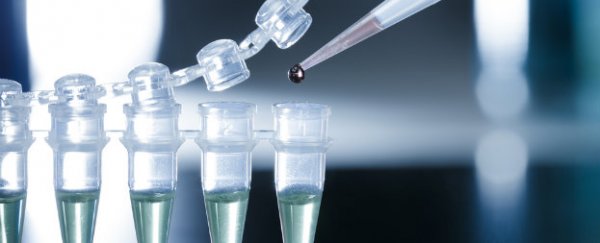Parkinson's disease occurs when nerve cells in the brain that are responsible for producing dopamine, die or become impaired. Dopamine allows the body's muscles to move smoothly, and without it, a person slowly loses control of their movements. While the current treatment options for Parkinson's help to replenish a patient's dopamine levels, they are often only a short-term fix and can have severe side effects, such as involuntary movements and psychiatric problems.
But in a new study, researchers from Lund University in Sweden have figured out how to use stem cells to replace the damaged nerve cells in rats - a finding that could lead to a better treatment option for Parkinson's patients.
The team took human embryonic stem cells (hESCs) and grew them into motor neurons containing dopamine. They then transplanted the neurons into brain regions that control movement in rats with Parkinson's disease, and observed the effects over a period of five months. During this time, dopamine levels in the brain returned to normal and the mice regained muscle movement.
"Our study represents an important milestone in the preclinical assessment of hESC-derived dopamine neurons and provides essential support for their usefulness in treating Parkinson's disease," said one of the team, neuroscientist Marlin Parmar, in a press release.
A similar method has been previously trialled in humans, where neurons were taken from aborted foetuses. But the potential of this method was severely limited due to the difficulty of obtaining foetal cells, and was only successful in a few patients. Using hESCs for therapy is a more viable option as it's easier to obtain large numbers of these stem cells by simply growing them in the lab.
While the results of the study are promising, the method is yet to be tested on humans - the team plans to start clinical trials by 2017.
The findings were published in the journal Cell Stem Cell.
Source: EurekAlert
